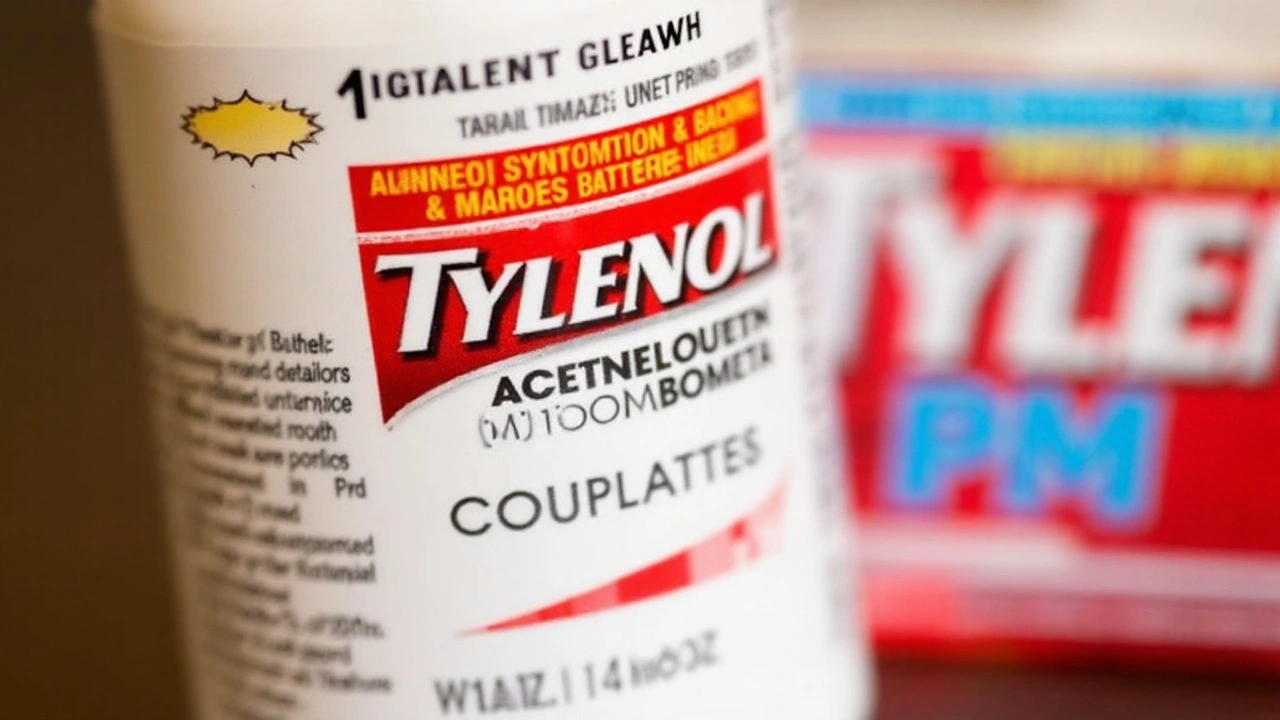Tylenol Basics: What It Is and When to Use It
Tylenol is the brand name for acetaminophen, a common over‑the‑counter medicine that helps lower fever and ease mild to moderate pain. You’ll see it in the medicine cabinet for headaches, sore muscles, toothaches, or that stubborn cold‑related fever. It works by blocking the chemicals in your brain that cause pain and heat, but it doesn’t reduce inflammation like ibuprofen does.
How to Use Tylenol Safely
The biggest rule with Tylenol is never to exceed the recommended dose. For most adults, the standard dose is 500 mg to 1000 mg every 4‑6 hours, and you should not take more than 3000 mg in a 24‑hour period unless a doctor says otherwise. The packaging will list the exact milligram amount per tablet or liquid dose, so check that before you start.
Kids need a different approach. The dose is based on weight, not age. A typical guideline is 10‑15 mg per kilogram of body weight every 4‑6 hours, with a maximum of 75 mg per kilogram per day. Always use the measuring device that comes with the product – a kitchen spoon can be off by a lot.
Take Tylenol with a full glass of water. It can be taken with or without food, but if you have a sensitive stomach, a light snack might help. If you’re drinking alcohol, be extra careful: both alcohol and acetaminophen stress the liver, and together they can cause serious damage.
Common Questions About Tylenol
Can I take Tylenol with other meds? It’s usually fine with most antibiotics, antihistamines, and many prescription drugs, but avoid stacking it with other acetaminophen‑containing products (like some cold syrups). Mixing two sources can push you over the safe limit unintentionally.
What are the signs of an overdose? Early signs include nausea, vomiting, loss of appetite, and stomach pain. If you notice these, stop taking Tylenol and seek medical help right away. In severe cases, liver failure can develop, which is life‑threatening.
Is Tylenol safe during pregnancy? Doctors often consider it the safer choice for pain relief in pregnancy, but always ask your healthcare provider before starting any medication.
Why does my medication say ‘acetaminophen’ instead of Tylenol? Tylenol is just a brand name. The active ingredient, acetaminophen, is the same in generic versions, which are usually cheaper. The dosage guidelines are identical.
Finally, store Tylenol out of reach of children and keep it in a cool, dry place. If you notice any change in the tablet’s color, texture, or smell, discard it and get a fresh bottle.
With the right dose and a little attention to safety, Tylenol can be a handy tool for everyday aches and fevers. Keep the label handy, follow the numbers, and you’ll stay on the safe side while getting relief when you need it.
Shares of Kenvue recovered after a brief dip when the Trump administration claimed acetaminophen causes autism in unborn children. The company refuted the claim, pointing to solid scientific consensus. Investors reacted to the defensive stance and the lack of evidence supporting the government's announcement. Tylenol still drives almost half of Kenvue's revenue.
Recent-posts
May, 10 2024
Aug, 18 2024






